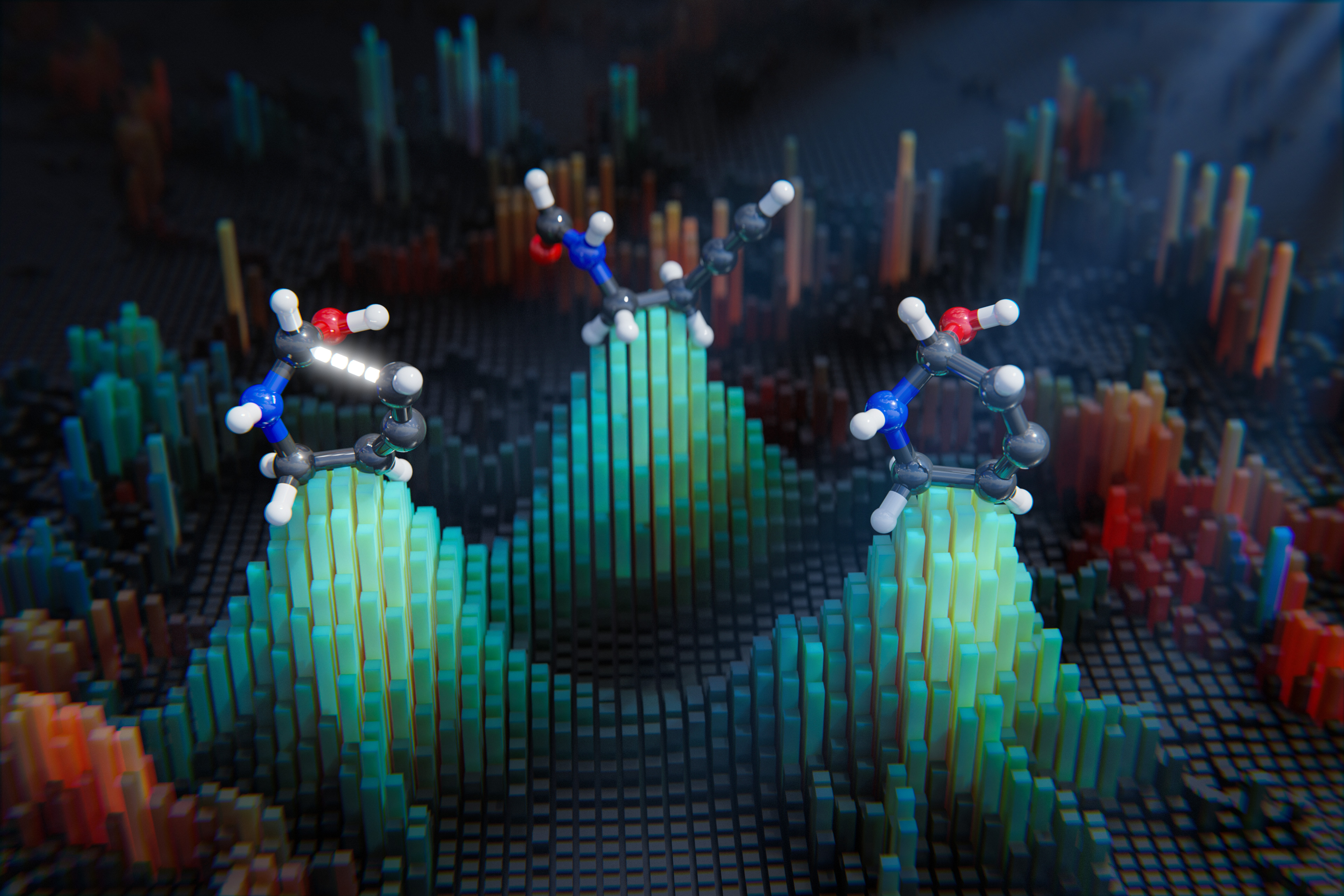The Internet has undergone significant changes over time, with new variations leaving a lasting impact. For instance, the emergence of web2 led to the rise of social networks and e-commerce platforms. With web2, users could not only shop and book tickets online but also share articles about their daily lives. However, web2 also brought about the problem of monopoly by a few tech companies. As a result, discussions about the top web3 trends have gained attention in the tech industry. Web3 aims to democratize the Internet, giving power to the users. It combines technologies like blockchain, augmented reality, virtual reality, smart contracts, and AI to create a semantic, decentralized, and ubiquitous internet. Blockchain and AI are key drivers of the web3 transformation. Blockchain provides the foundation for a decentralized web, while AI enables the creation of autonomous systems. This has sparked discussions about the impact of web3 trends on AI. Web3 and AI have the potential to transform the way people interact with the Internet and each other. Let’s explore the top trends in web3 that will impact the future of AI. To truly understand the role of web3 in the future of AI, it is important to grasp the power of web3. Web3 is the next generation of the Internet that focuses on decentralization, taking power and control away from big tech corporations and governments. It builds upon the foundations of web2, which is characterized by social media, centralized platforms, and online services. The best web3 trends envision a decentralized web powered by blockchain technology, peer-to-peer networks, and cryptography. Web3 also addresses the limitations of web2, such as censorship, limited access, and privacy concerns. By leveraging decentralized technologies like blockchain, web3 can offer a user-centric, secure, and transparent internet. Web3 is a game-changer in the field of digital transformation. The components of web3 play a crucial role in understanding the relationship between web3 and AI. Web3 trends revolve around blockchain technology, cryptocurrencies, and smart contracts. Blockchain ensures decentralization by removing centralized intermediaries and authorities, ensuring better security and transparency. Cryptocurrencies facilitate peer-to-peer transactions without the need for banks, opening up new economic models like DeFi. Smart contracts enable the automatic execution of agreements and transactions based on specific conditions, essential for developing decentralized apps (dApps). Other components of web3 include decentralized identity, governance, and storage systems. Decentralized storage is a growing trend, while decentralized identity and governance systems empower users to have control over their data and participate in decision-making. All these components have a significant impact on the development of AI in the future. The intersection between web3 and AI is a symbiotic relationship. Web3 can create a user-centric and decentralized internet, while AI can create intelligent computer systems that learn from data and simulate human intelligence. Together, they unlock new possibilities and dimensions for technology, society, and business. Web3 and AI can work together in several ways. Decentralized AI is a potential use case, as the infrastructure of web3 provides an ideal environment for running AI algorithms. This ensures better scalability, privacy, and security, as AI models and data are distributed across different nodes in the network. Decentralized AI enables better collaboration and privacy safeguards in machine learning. Personalization is another focus of web3, and it creates the foundation for personalized AI services. Web3 allows users to have control over their data, enabling AI models to utilize encrypted data or run directly on user devices. Data ownership and user control are central themes in web3, and they demonstrate the feasibility of combining web3 with AI. Web3 also opens up possibilities for data marketplaces, where data can be monetized and accessed by AI algorithms to improve their performance. Decentralized governance systems like DAO can utilize AI to enhance decision-making processes, ensuring consensus among community members. These trends in web3 will shape the future of AI, bringing about radical changes in AI development. The development of decentralized AI is one such trend, leveraging blockchain and decentralized technologies to transform the utility of AI. Overall, web3 and AI have the potential to revolutionize technology and society, and it’s important to stay informed about these trends to stay ahead in the industry.
Source link






















